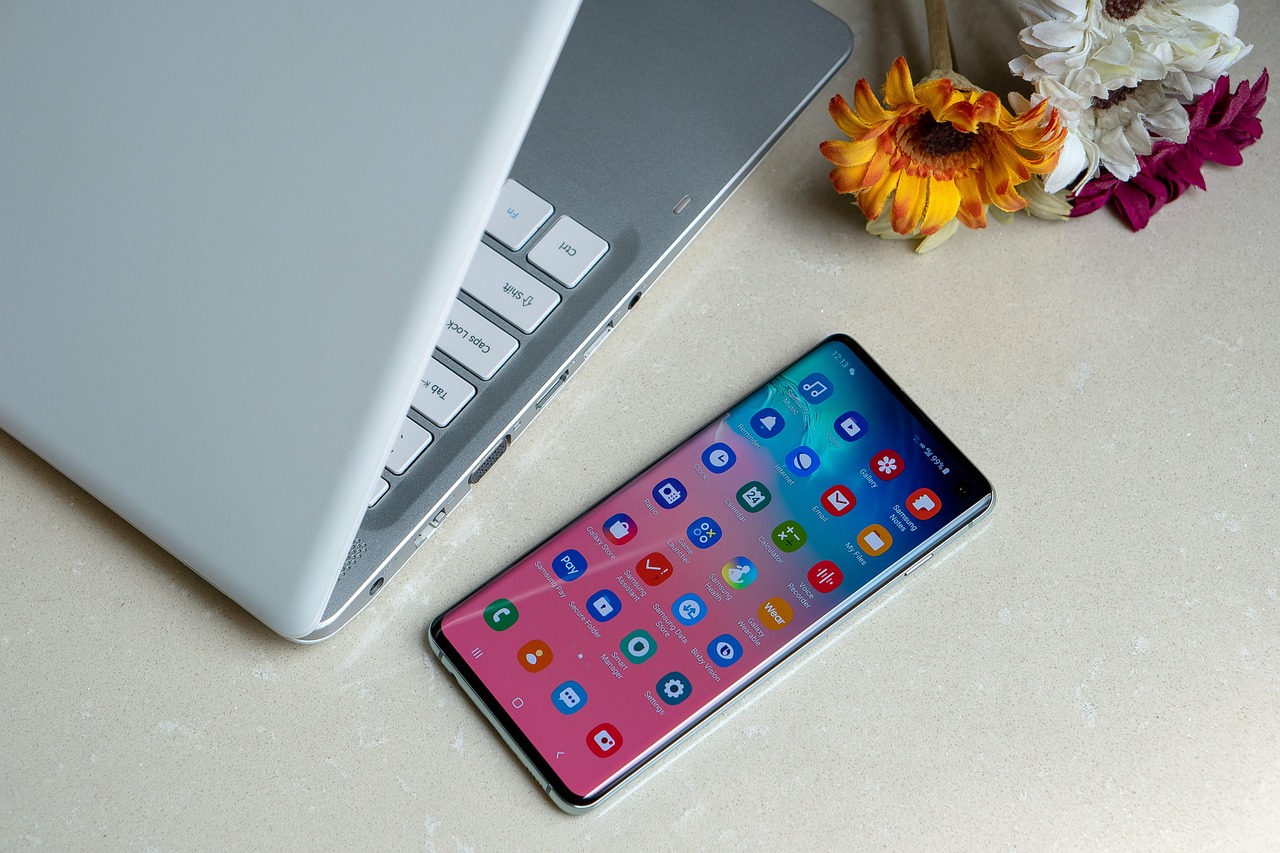Samsung Galaxy S23 vs. Galaxy S22: Which One Stands the Test of Time?
With the release of the Galaxy S24 series, the Samsung Galaxy S23 has become a slightly older model, now available at a $100 discount, though with limited variant options. Meanwhile, the Galaxy S22 is becoming increasingly scarce, primarily found in the second-hand or refurbished market.
But if you come across an S22, should you opt for it, or is the Galaxy S23 the better choice?
At first glance, these two smartphones appear nearly identical. The Galaxy S23 is essentially a refined version of the S22, featuring minor hardware upgrades that represented cutting-edge technology in early 2023. However, that doesn’t mean the Galaxy S22 is outdated or sluggish. Since Samsung has committed to four years of Android updates and five years of security patches for both models, it’s reasonable to consider which phone offers the best longevity.
Let’s compare the key aspects—design, display, camera, performance, and battery life—to determine which device is the better buy.
Galaxy S23 vs. Galaxy S22: Key Differences
- Design update: The S23 features a sleeker design with individual camera rings instead of a raised camera module.
- Brighter display: The S23 offers higher peak brightness than the S22.
- Processor boost: The S23 is powered by an overclocked version of the Snapdragon chip.
- Battery improvement: The S23 has a slightly larger battery for improved battery life.
- Faster storage (UFS 4.0): Only available on the 256GB version of the S23, doubling read and write speeds.
- Better video recording: The S23 supports 8K at 30 FPS, an upgrade from the S22’s 8K at 24 FPS.
- Camera refinements: The primary camera remains unchanged, but the S23 has minor improvements to its selfie camera.
Display: Subtle Yet Meaningful Upgrade
Samsung has long been a leader in AMOLED technology, and both the Galaxy S22 and S23 feature sharp, vibrant screens. The main upgrade in the S23 is its peak brightness—jumping from 1,500 nits on the S22 to 1,750 nits. This means the S23 is slightly better suited for outdoor visibility in bright conditions.
Otherwise, both models share identical screen specs, featuring a 6.1-inch display with a 19.5:9 aspect ratio and a resolution of 1080 x 2340 pixels. With a pixel density of 425 PPI, both devices offer crisp visuals, making it hard to distinguish a difference in everyday use.
Design: A More Minimalist Look
One of the more noticeable differences is in the design. The Galaxy S22 and S22+ featured a distinct metal slab surrounding the cameras, seamlessly integrated with the phone’s frame. This design choice gave the S22 a unique look, though it differed from the cleaner aesthetic of the S22 Ultra, which only had metal rings around its camera lenses.
With the S23 series, Samsung has unified the design language across all models. The new camera setup ditches the raised module and instead adopts individual metal rings around each lens. While this gives the S23 a more polished and modern appearance, the protruding camera rings still cause some wobbling when placed on a flat surface.
In terms of build, both devices feature a nearly flat metal frame and a flat display. Samsung has phased out the curved “Edge” screen on its non-Ultra models, making them more angular and compact.
Color Options: A Matter of Personal Taste
Samsung has always offered a variety of color choices, though the selection varies by model and retailer.
The Galaxy S22 comes in five standard colors:
- Black
- White
- Purple
- Green
- Pink Gold
Additionally, Samsung’s online store offers exclusive color variants:
- Graphite
- Violet
- Sky Blue
The Galaxy S23, on the other hand, launched with four basic colors:
- Phantom Black
- Cream
- Green
- Lavender
Samsung.com also offers two online-exclusive colors: Graphite and Lime. However, these shades don’t introduce anything drastically new or exciting.
Performance: More Power Under the Hood
One of the most significant differences between the S22 and S23 is in processing power. The Galaxy S23 is equipped with a custom version of the Snapdragon 8 Gen 2 for Galaxy, which has a higher clock speed than the standard version found in other Android flagships. This means better performance and efficiency compared to the Snapdragon 8 Gen 1 in the Galaxy S22.
While the S22 still delivers smooth performance in everyday tasks, the S23 provides a noticeable boost in demanding applications such as gaming and multitasking. Additionally, the S23’s UFS 4.0 storage (available in the 256GB model) offers significantly faster read and write speeds, improving app load times and overall system responsiveness.
Camera: Small Tweaks, Not a Major Overhaul
Samsung didn’t make drastic changes to the camera hardware between these two generations. The primary camera setup remains largely the same, offering excellent image quality in both models. However, the selfie camera on the S23 has been slightly improved, capturing more detail and offering better low-light performance.
One notable upgrade for video recording is the ability to shoot 8K video at 30 frames per second on the S23, whereas the S22 is limited to 8K at 24 FPS. While this change may not be significant for the average user, videographers may appreciate the added smoothness.

